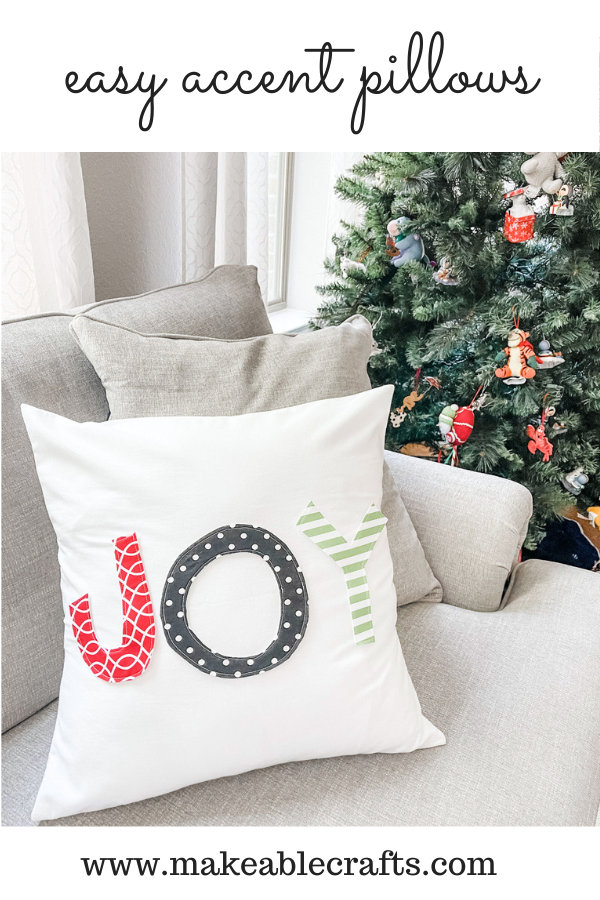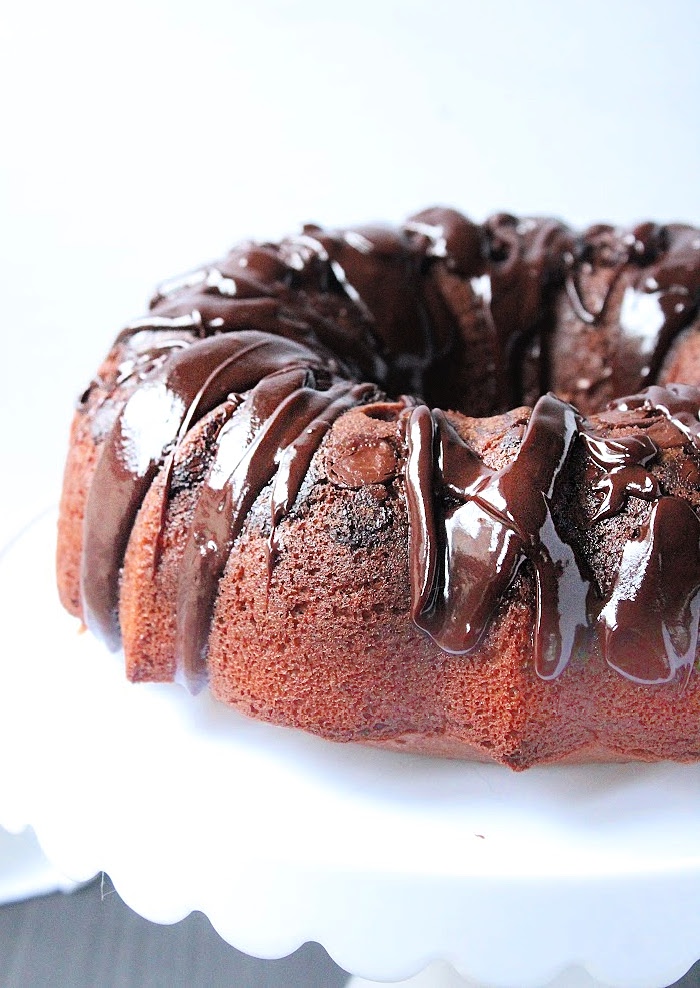8 Decluttering Habits That Make Cooking Less Stressful
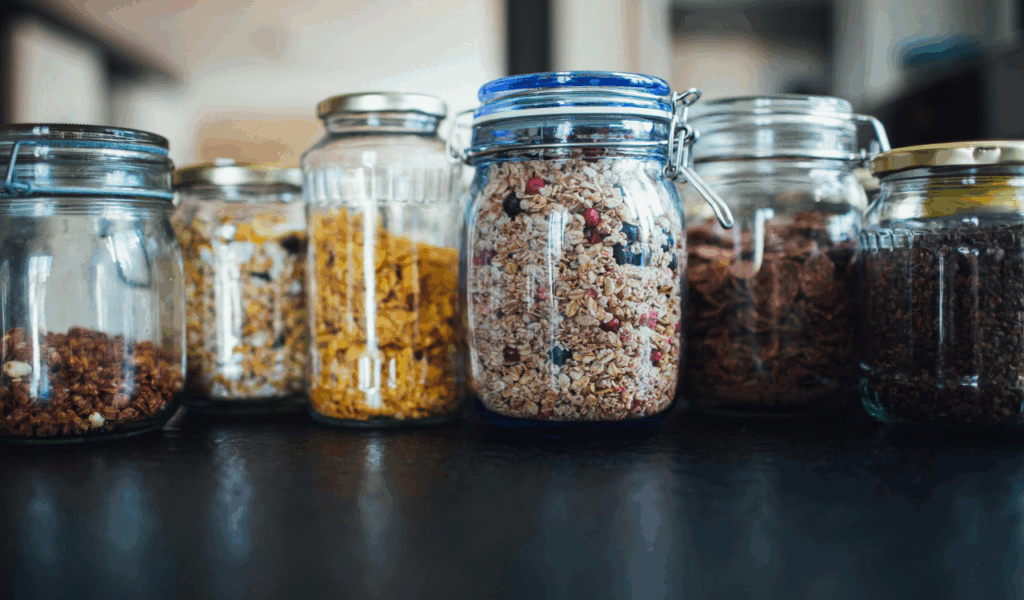
Cooking can be enjoyable, but it can easily become a chaotic chore in an untidy, crowded kitchen. Clutter makes what should be a fun experience even more stressful, from fumbling for utensils to missing that necessary spice. However, you can design a kitchen that is efficient, inspiring, and serene with a few clever habits. These eight decluttering techniques are easy yet effective ways to improve the efficiency, speed, and enjoyment of your cooking routine.
1. Clear Your Countertops Daily
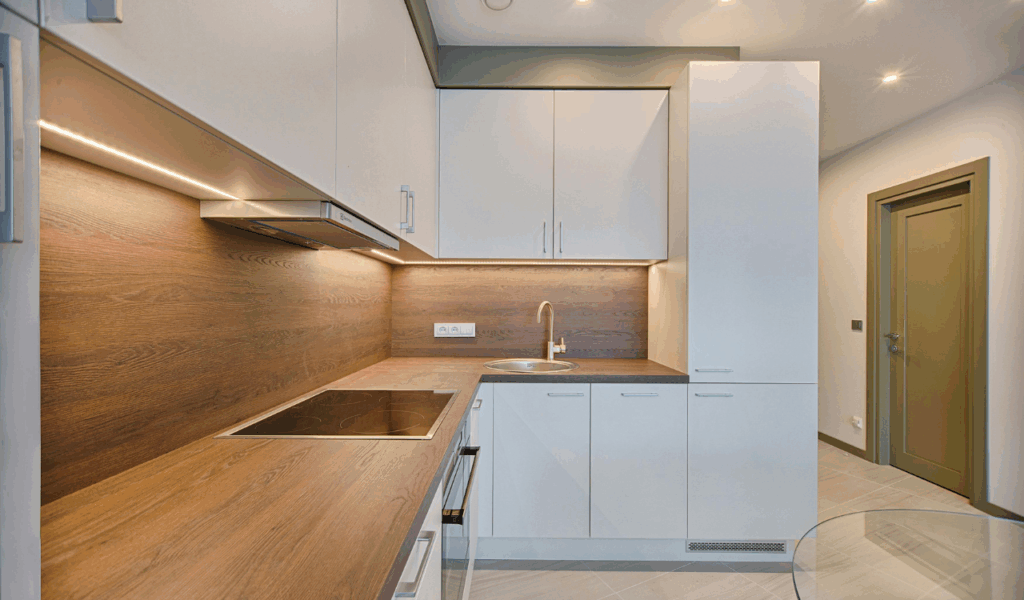
A clear mind is symbolized by a clear countertop. It takes up valuable prep space and looks messy to leave small appliances, food wrappers, or dishes from the previous day lying around. Make it a daily routine to clean counters and reorganize everything. Instead of worrying about the mess, this little ritual helps create a relaxing atmosphere that encourages you to cook. It’s among the easiest yet most effective decluttering actions you can perform on a daily basis.
2. Keep Only Essential Tools Within Reach
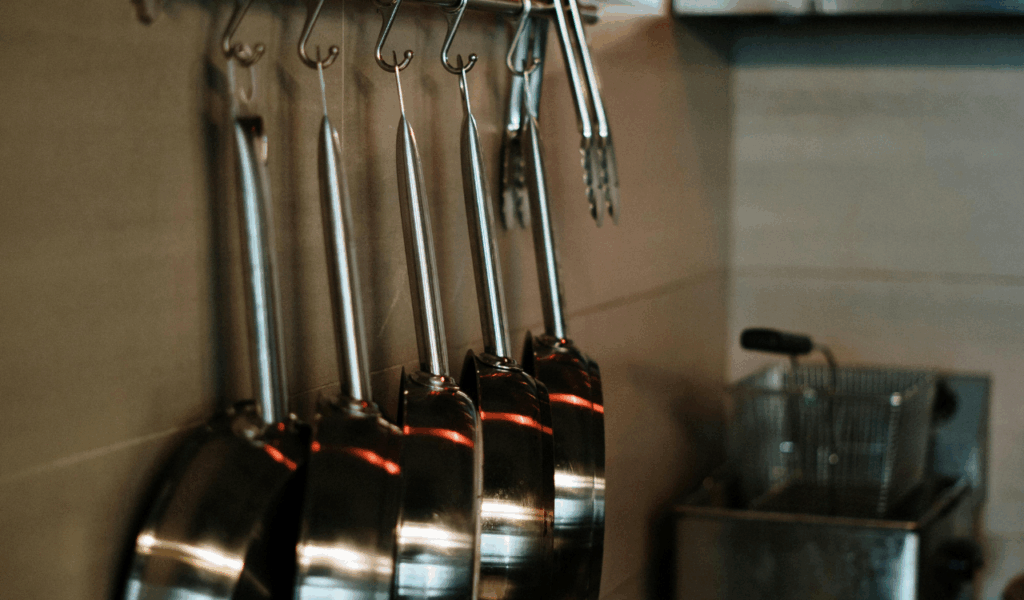
In your kitchen, not every tool is worthy of a prominent position. To prevent cluttered drawers or utensil crocks, keep only the necessities close at hand, such as your most used knives, spatulas, and measuring cups. To create more visual space, put less-used tools in cabinets or drawers. Because you’re not constantly searching through a sea of devices you hardly use for the right tool, this system also helps you work more efficiently.
3. Group Similar Items Together
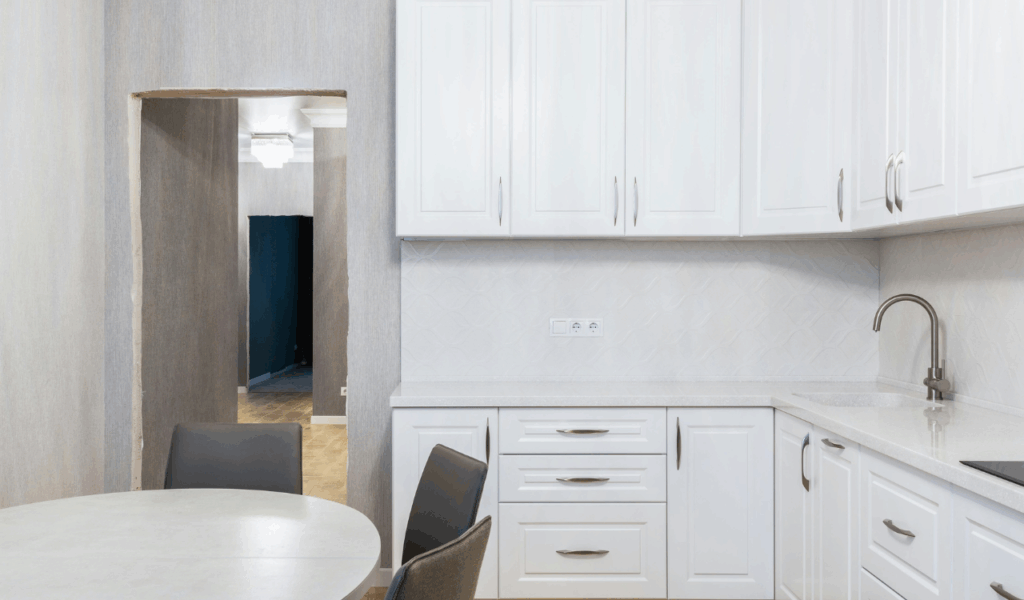
Sorting similar items together keeps things organized and makes it easier to find what you need quickly. Keep cutting boards close to your knives, combine spices and cooking oils, and keep all baking supplies in one bin. This lessens the amount of time spent looking and stops clutter from growing. It’s a clever method to keep things organized without having to constantly clean or rearrange, especially while cooking.
4. Declutter the Fridge Weekly
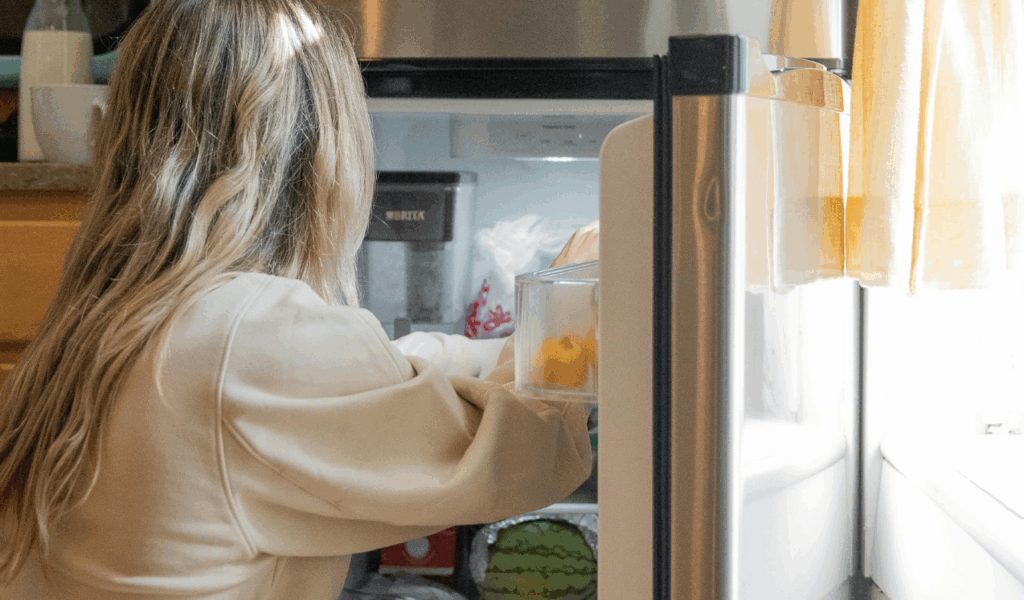
Duplicate ingredients, expired sauces, and forgotten leftovers are the results of a cluttered refrigerator. Spend just ten minutes once a week cleaning surfaces, rearranging shelves, and throwing away spoiled food. If necessary, group items like dairy, condiments, or produce using bins or labels. A clean refrigerator helps you see what’s in stock, minimizes food waste, and spares you the aggravation of searching through unidentifiable containers.
5. Use Drawer Dividers and Cabinet Organizers
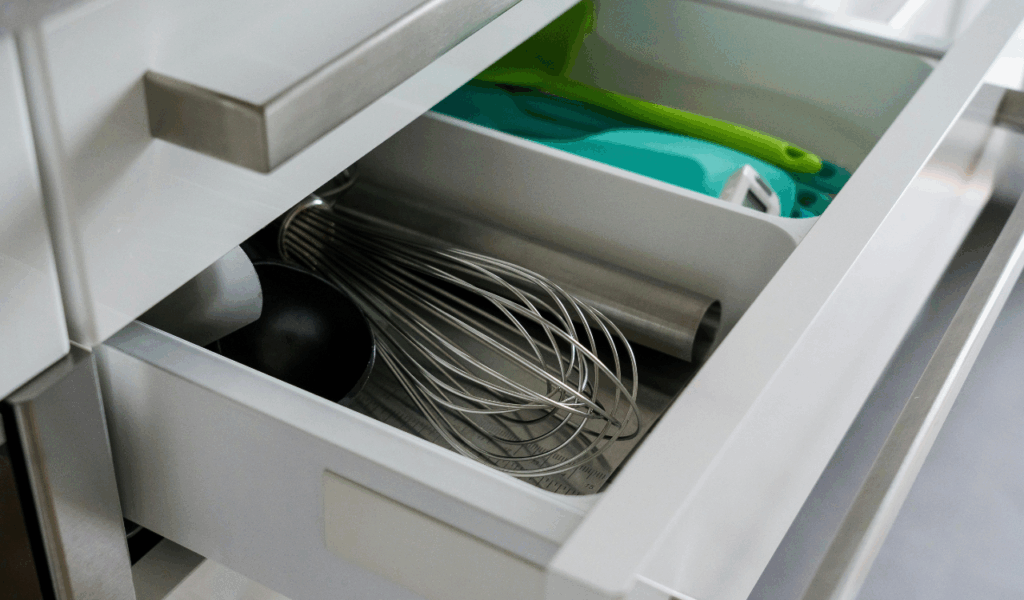
Unstructured environments are conducive to chaos. Mess is naturally reduced when drawer dividers, shelf risers, and cabinet organizers are used to help define where each item belongs. You can avoid the tangled mess of utensils or the avalanche of plastic containers by keeping everything in its proper place. These low-cost appliances have a significant impact on keeping a clutter-free kitchen that stays that way.
6. Do a 5-Minute Reset After Every Meal

Take five minutes to reorganize your space after preparing or eating. Wipe surfaces, wash or soak pans, and put things back where they belong. This keeps clutter from building up and lessens the overwhelm of your next cooking session. Additionally, a quick reset routine makes your kitchen feel more welcoming the next time you enter rather than like a reminder of the incomplete cleanup from yesterday.
7. Avoid Duplicates Unless Truly Necessary
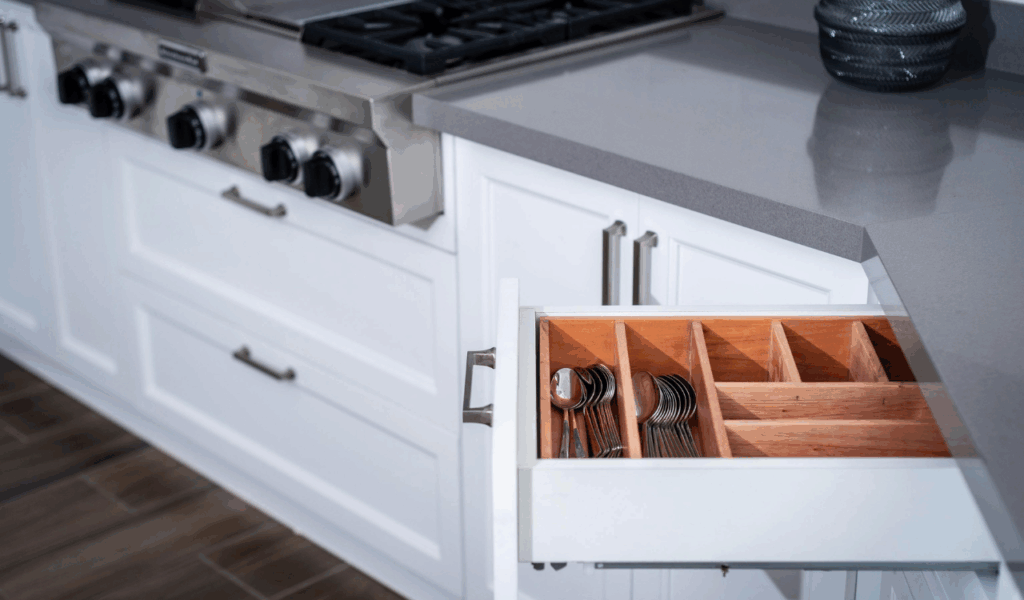
Keeping extras of everything “just in case” is tempting, but doing so soon fills your drawers with useless stuff. It’s time to part with the extra spatulas if you have five but only ever use two. Only keep extras of things you really need, such as measuring spoons if you bake frequently. Redundancy reduction frees up space and facilitates grabbing what you really need.
8. Store Appliances You Rarely Use
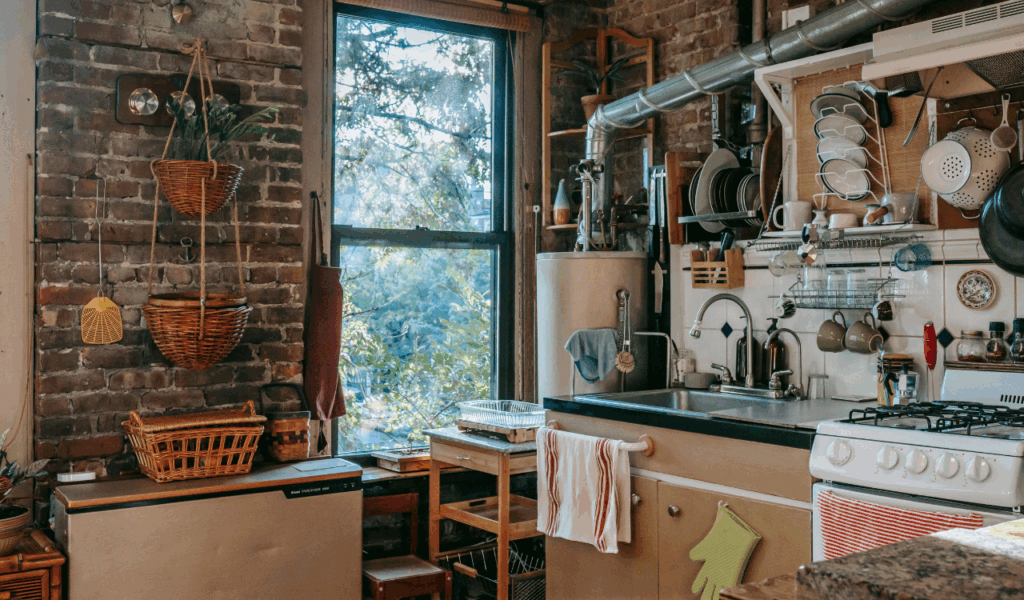
Unless you use them frequently, appliances like bread makers, waffle makers, and large food processors don’t need to live on your counter or occupy accessible cabinet space. Keep these in closets, basements, or higher cabinets and only retrieve them when necessary. Maintaining a cleaner, more functional kitchen layout can be achieved by keeping specialty appliances out of sight and everyday tools in the center.



